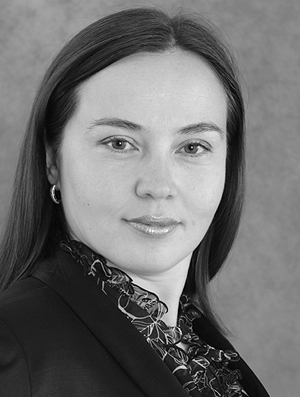Virtual Educational Environment of University of Physical Culture
Фотографии:
ˑ:
R.R. Khadiullina
M.I. Galyautdinov
associate professor, Ph.D.
Volga region state academy of physical culture, sport and tourism, Kazan
Key words: virtual educational environment, distance learning, student-athletes.
The specificity of the student-athlete's educational activities in addition to the learning process involves an active training process associated with training for and participation in competitions of different levels, which results in the low attendance of classes. One of the rational ways out of this situation is the distance learning, carried out using a specially created virtual educational environment. Virtual educational environment makes the educational process personality-centered, taking into account the specifics of the implementation of educational and sports activities of student-athletes.
The purpose of the present study was to analyze a number of works that reveal the concepts of information and virtual educational environment and give their own interpretation of terms in the context of the educational process of student-athletes in universities of physical culture.
Thus, it can be assumed that the basic part of distance learning of a student-athlete is a specially designed virtual learning environment (as a part of the information educational environment), in which all participants of the educational process stay and interact with each other, harmoniously integrating the capabilities of distance learning in the full-time education and aimed at the independent cognitive activity, formation of self-control skills, self-determination, ability to form an individual educational trajectory.
References
- Andreev, A.A. Higher education pedagogics: a new course / A.A. Andreev. – Moscow: Moscow International Institute of Econometrics, Informatics, Finance and Law, 2002. – 264 P. (In Russian)
- Weindorf-Sysoeva, M.E. Virtual Learning Environment: categories, charactersitics, diagrams, tables, glossary: study guide / M.E. Weinndorf-Sysoeva. – Мoscow: MSRU, 2010. – 102 P. (In Russian)
- Weindorf-Sysoeva, M.E. Organization of the virtual learning environment in training of teachers for innovation activity: doctoral theis (Hab.) / M.E. Weinndorf-Sysoeva. – Мoscow, 2002. – 382 P.
- Gagarina, D.A. Highly informational and educational university environment as a method of formation of the humanitarian component of education / D.A. Gagarina / / Vestnik Permskogo universiteta. Ser. Mathematics, Mechanics. Information science. – 2009. – № 3. – P. 122-127.
- Gura, V.V. Theoretical bases of pedagogical design of student-centered e-learning resources and environments / V.V. Gura . - Rostov-on-Don: publ. h-se of South federal un-ty, 2007. – 320 P.
- Guschina, T.N. Analysis of the educational environment as a method of development of subjectivity of senior pupils / T.N. Guschina // Yaroslavky pedagogichesky vestnik. – 2010. – № 2. – P.17-22.
- Kalmykov, A.A. Experience of creating virtual learning environments / A.A. Kalmyikov, L.A. Khachaturov // Scientific-methodical seminar "Information systems in high-technology education": abstracts - reports, resolutions and recommendations: Moscow City Palace of Children and Youth, MIREA. – Мoscow 2000. – P. 41-54.
- On the state and prospects of creating a unified system of distance learning in Russia: the resolution of the State Committee of the Russian Federation May, 31 1995 № 6 / Legal regulation of distance learning: Collected regulations / R.R. Khalitova, 2004. – 38 P.
- Modern dictionary of pedagogics / comp. by E.S. Rapatsevich. – Mon.: Sovremennoe slovo, 2001. – 927 P.
- Soldatkin, V.I. The basics of open education. – V.1 / Ed. by V.I. Soldatkin. – Мoscow: NIITsRAO, 2002. – 676 P.



